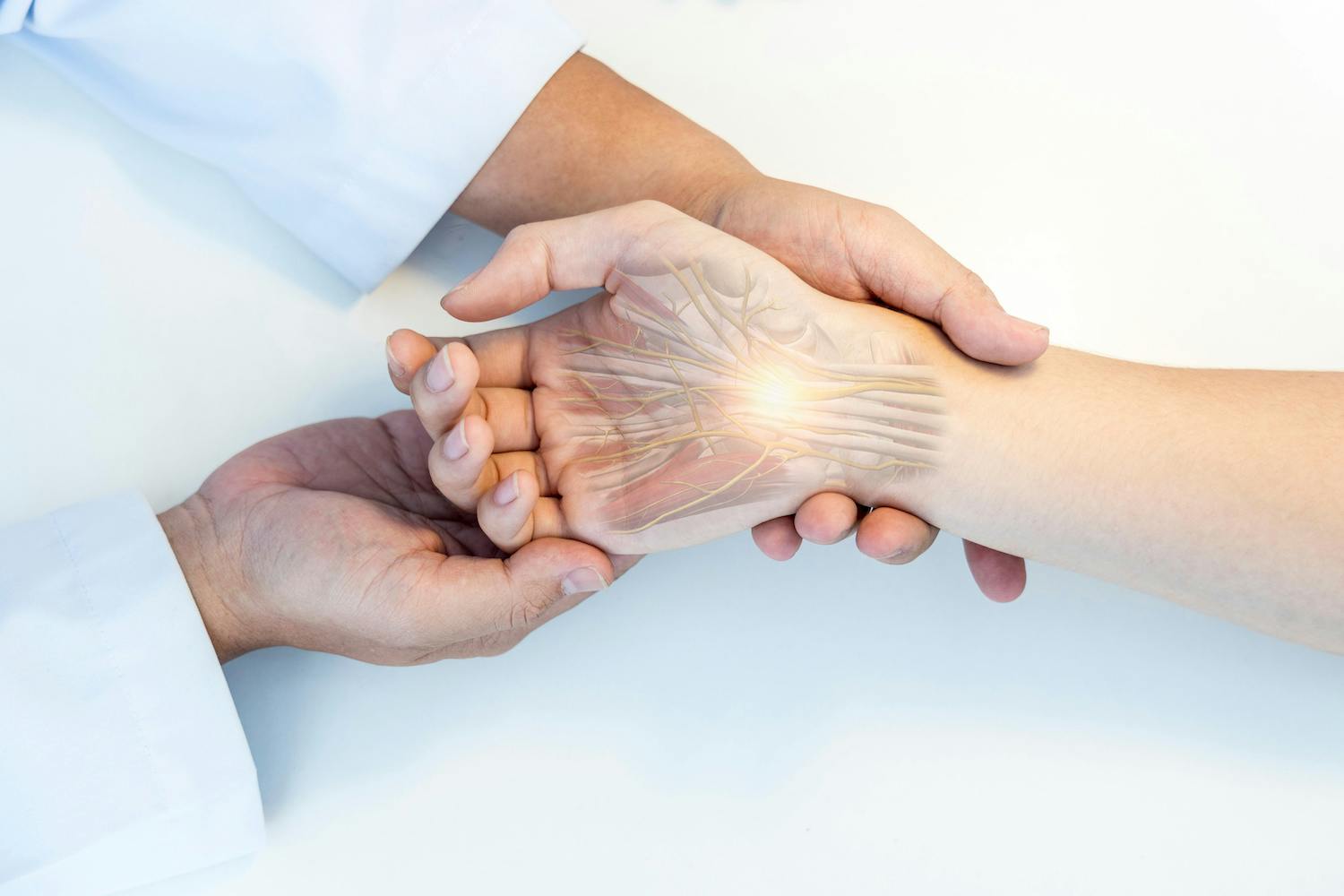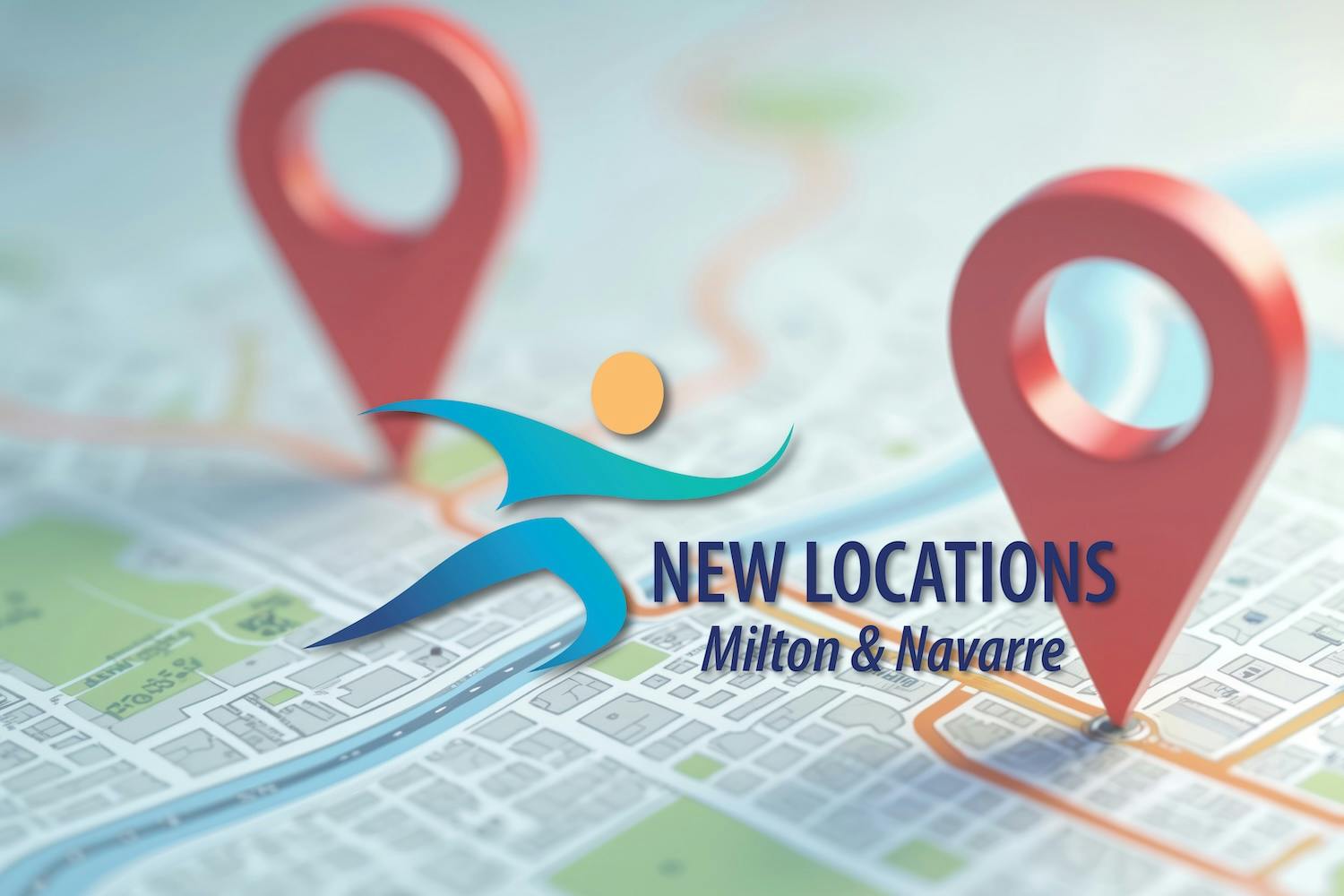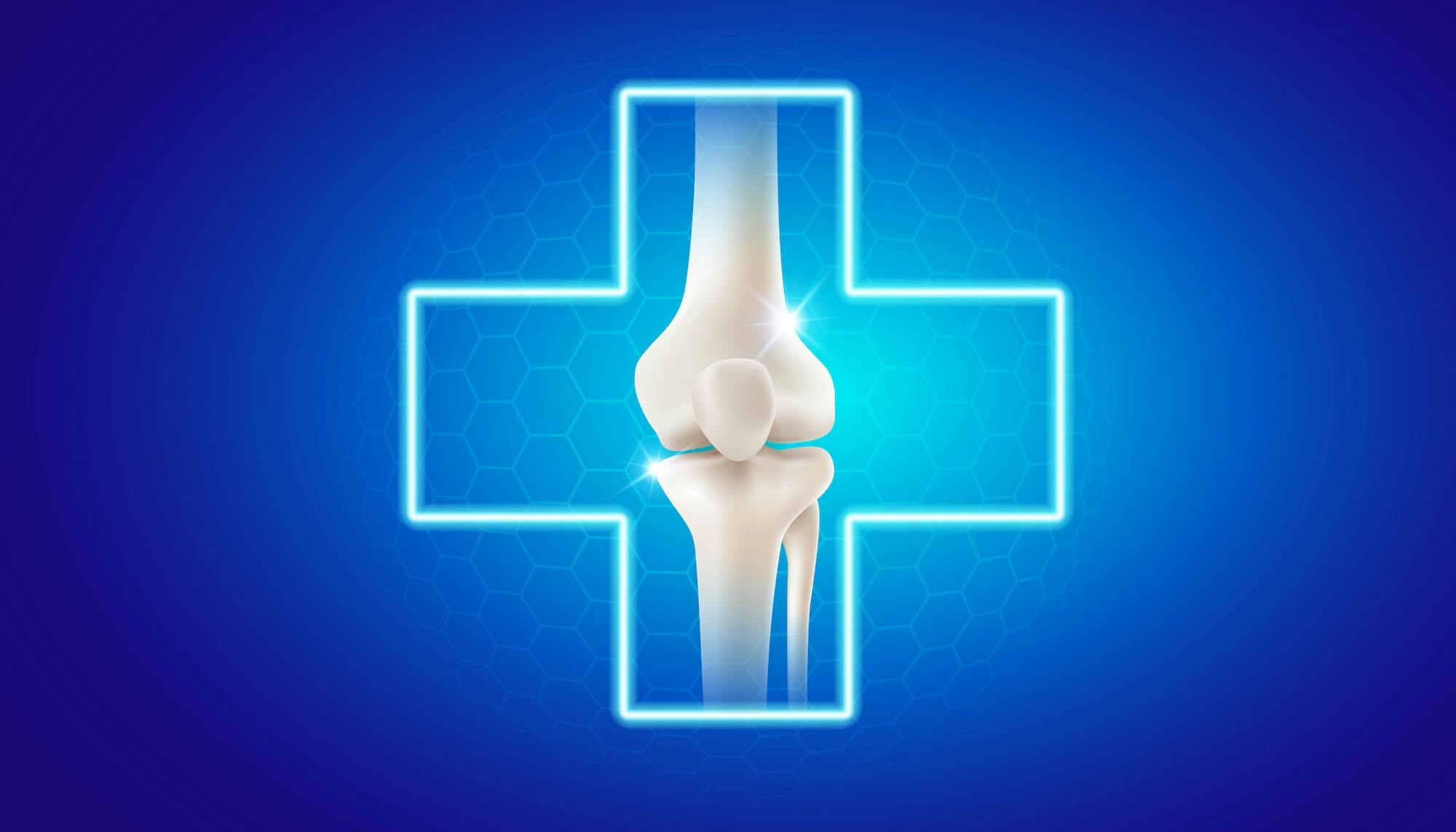- Blog
In-Office Hand Surgery
Posted on 04-16-2025 in Digital Mucinous Cyst, DeQuervain’s Tenosynovitis, Trigger Finger Release, Hand, In Office Procedures, surgery & Carpal Tunnel Release by Dr. Steven Kronlage, Dr. Alex Coleman, Dr. James Piorkowski

Posted on 04-16-2025 in Digital Mucinous Cyst, DeQuervain’s Tenosynovitis, Trigger Finger Release, Hand, In Office Procedures, surgery & Carpal Tunnel Release by Dr. Steven Kronlage, Dr. Alex Coleman, Dr. James Piorkowski
In-office surgery of the hand and upper extremities offers patients the best of both worlds – innovation and accessibility with safety top of mind. At North Florida Bone & Joint Specialists, our fellowship-trained hand surgeons, Dr. Alex Coleman, Dr. Steven Kronlage and Dr. James Piorkowski, perform various procedures efficiently while maintaining the highest standard of care at our Gulf Breeze and Pensacola locations.
Our in-office surgeries offer many advantages, including no increase in complications, infections or adverse outcomes. Additionally, general anesthesia is not used, so patients require minimal pre-operative testing and no pre-operative fasting, which is, overall, less time-consuming. However, patients are still comfortable during the procedure because they are given local anesthesia, which blocks the pain sensation in the nerves like a dental procedure.
The most common in-office surgeries we perform include:
Carpal Tunnel Release:
Our patients are treated using the Mini-Open Carpal Tunnel Release, which is found to be a safe and predictable procedure for Carpal Tunnel Syndrome. This minimally invasive option reduces the amount of scarring and promotes a quicker recovery. After the local anesthesia is administered, a small incision is made at the base of the palm in the natural crease to hide the scar more effectively. The transverse carpal ligament is freed from its underlying tissue, and then it is sectioned with a scalpel, thus widening the carpal tunnel and releasing pressure on the median nerve. The skin incision is closed with sutures, and a small sterile dressing is applied. Watch our video on in-office carpal tunnel procedures, or read our Clinic Carpal Tunnel Release Surgery Outcomes and High-Value Care journal article to learn more.
Trigger Finger Release:
The Trigger Finger Release is a definitive treatment and is required if someone has a symptomatic trigger finger. A trigger finger occurs when the annular pulley over the flexor tendon in the palm becomes noncompliant, keeping the tendon from moving. It can often “trigger,” causing pain and catching. The surgery begins with an injection of local anesthesia into the palm over the area of the inflamed pulley. A small (2cm) incision is made in the palm, exposing the first annular pulley. The pulley is then released (divided) so that the flexor tendon can glide freely through the tendon sheath, making the clicking/catching sensation go away. While pulleys are important for the hand's functionality, releasing the first annular pulley does not cause any problems or deficits. The incision site is closed, and a small sterile dressing is applied.
DeQuervain’s Tenosynovitis:
DeQuervain’s Tenosynovitis is a thickening of the first dorsal compartment pulley and is much like a trigger finger. The pulley loses compliance and causes a stenosis over the tendons to the base of the thumb. It can cause significant wrist pain. A DeQuervain’s release is also easily performed in the clinic-based surgical setting. Local anesthetic is infiltrated around the proposed incision. Then, with a small 2-3 cm incision, the compartment is exposed and released under direct vision. Often, there are two separate compartments in those needing surgical treatment. Wounds are closed with sutures. A light dressing is applied, and a splint is used for comfort. Typically, patients are out of the splint when they return for suture removal in 8-10 days.
Cysts, Lumps and Bump Removal:
Most commonly, a Digital Mucous Cyst is treated in the office. These cysts come from an arthritic distal joint and can cause nail damage, drain, and infection. These cysts are taken out in the office through a small incision. The joint osteophytes from arthritis must be removed. Once the wound is closed and the dressing placed, the patient will see the hand therapist for a one-time visit to make a removable splint. This splint is worn until wounds are healed to prevent the incision from opening and to allow the joint to heal to prevent recurrence.
To learn more about these conditions and related procedures, schedule a visit with Dr. Coleman, Dr. Kronlage or Dr. Piorkowski, using our online Appointment Request form or call 850.807.4200. Our physicians see patients at the Andrews Institute for Orthopaedics & Sports Medicine in Gulf Breeze and Pensacola at our 9th Avenue office. Both locations also offer the latest imaging and diagnostic equipment and occupational therapy with our Certified Hand Therapists.

March is National Nutrition Month®, and as part of the conversation, the North Florida Bone & Joint team wants to emphasize the impact diet can have on your bone health. Before diving in, it's essential to understand the role the skeleton plays in your body. Specifically, the skeleton—and the bones its comprised of—serve the following functions:

At North Florida Bone & Joint Specialists, we’re committed to delivering convenient, expert care throughout the Gulf Coast. As part of that commitment, we’re excited to announce the expansion of our clinical office footprint. In March, we opened two new locations in Milton and Navarre, FL, further enhancing our ability to serve patients across Northwest Florida.

Valentine’s Day is all about love—so why not show your joints some love, too? Whether you’re an athlete, an active adult, or simply looking to maintain mobility as you age, taking care of your joints is essential for long-term health and well-being. At North Florida Bone & Joint Specialists, we believe that self-care isn’t just about relaxation—it’s about making intentional choices to keep your body strong, pain-free, and resilient. Here are four self-care tips to keep your joints healthy and moving with ease: